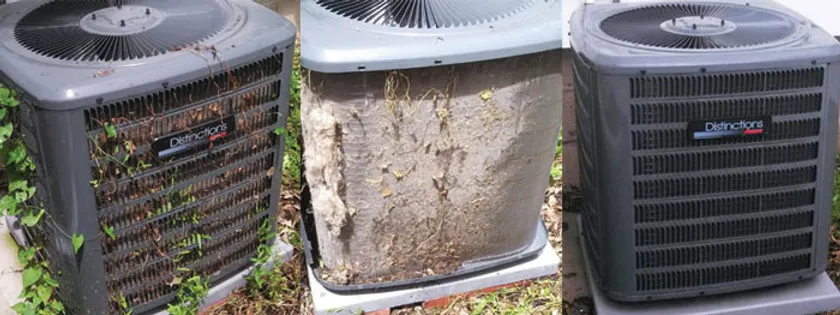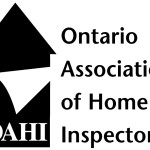
As the vibrant colours of spring emerge and temperatures begin to rise, it’s time to shift our focus to ensuring our homes remain cool and comfortable throughout the coming months. One crucial aspect of home maintenance during this season is the proper care and upkeep of your air conditioner. By performing some routine maintenance tasks, you can ensure optimal performance, energy efficiency, and a longer lifespan for your cooling system. In this blog post, we will guide you through a comprehensive spring air conditioner maintenance checklist to help you beat the heat and stay comfortable all season long.
Clean or Replace Air Filters
One of the simplest yet most effective maintenance tasks you can perform for your air conditioner is cleaning or replacing the air filters. Over time, dust, dirt, and debris accumulate in the filters, obstructing airflow and reducing the system’s efficiency. Clean filters ensure proper airflow and improve indoor air quality. Depending on your system’s requirements, either clean reusable filters or replace disposable ones. Aim to clean or replace filters every 2 to 3 months, or more frequently if you have pets or allergies.
Inspect and Clean the Condenser Unit
The condenser unit (located outside), plays a crucial role in cooling your home. Inspect the unit for any obstructions such as leaves, grass, or debris that may have accumulated over the winter months. Use a hose to gently clean the exterior of the unit, removing dirt and dust. Be cautious not to bend or damage the delicate fins. If you notice bent fins, you can use a fin comb to straighten them. Additionally, ensure there are at least two feet of clearance around the unit for proper airflow.
Check and Clean Evaporator Coils
The evaporator coils, located inside the ducts above the furnace, help remove heat and humidity from the air. Over time, these coils can accumulate dirt and dust, reducing their efficiency. Inspect the coil and clean it as necessary. You can use a soft brush or a vacuum cleaner with a brush attachment to remove the debris gently. For more extensive cleaning, consider hiring a professional HVAC technician.
Verify the Condensate Drainage
The condensate drain is responsible for removing water from your evaporator coil drain pan. A clogged or blocked drain can lead to water damage or humidity problems in your home. Check the drain for any obstructions and ensure it is draining correctly. If you notice a blockage, you can use a wet-dry vacuum or a pipe cleaner to clear it. Regularly inspect the drain throughout the cooling season to prevent potential issues.
Inspect Refrigerant Line Insulation
The refrigerant lines carry the refrigerant between the indoor and outdoor units of your air conditioner. Inspect the insulation around these lines to ensure it is intact and undamaged. Damaged insulation can lead to energy loss and reduced efficiency. If you notice any cracks, tears, or gaps in the insulation, replace it promptly. Proper insulation helps maintain optimal temperature control and prevents the system from overworking.
Measure Temperature Differential
The temperature differential, also known as the “delta T,” measures the temperature difference between the air entering the return air grille and the air leaving the supply air register. It indicates how well your air conditioner is cooling your home. To monitor the temperature differential, place a thermometer in the return air grille and another in the supply air register, then subtract the supply temperature from the return temperature. The ideal temperature differential is typically between 15 and 20 degrees Fahrenheit (8 to 11 degrees Celsius). If the differential exceeds or falls below this range, I recommend contacting an HVAC specialist for further evaluation.
By investing a little time and effort into spring air conditioner maintenance, you can enjoy a comfortable and energy-efficient home throughout the season. Regularly cleaning or replacing air filters, inspecting and cleaning the condenser unit and evaporator coils, ensuring proper condensate drainage, and testing and adjusting the thermostat are all crucial steps to keep your air conditioner running smoothly. If you’re unsure about any maintenance tasks, consult with a professional HVAC technician who can provide expert guidance. With proper care, your air conditioner will keep you cool and comfortable during even the hottest summer days.


